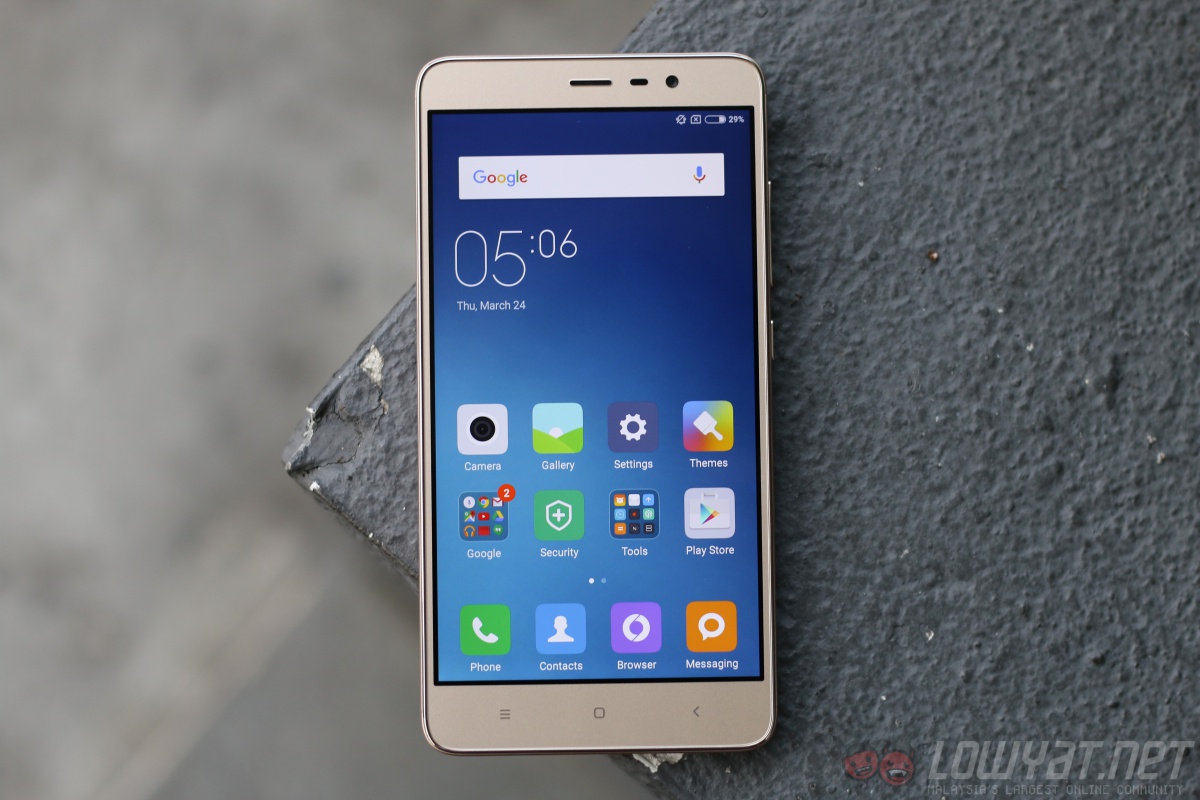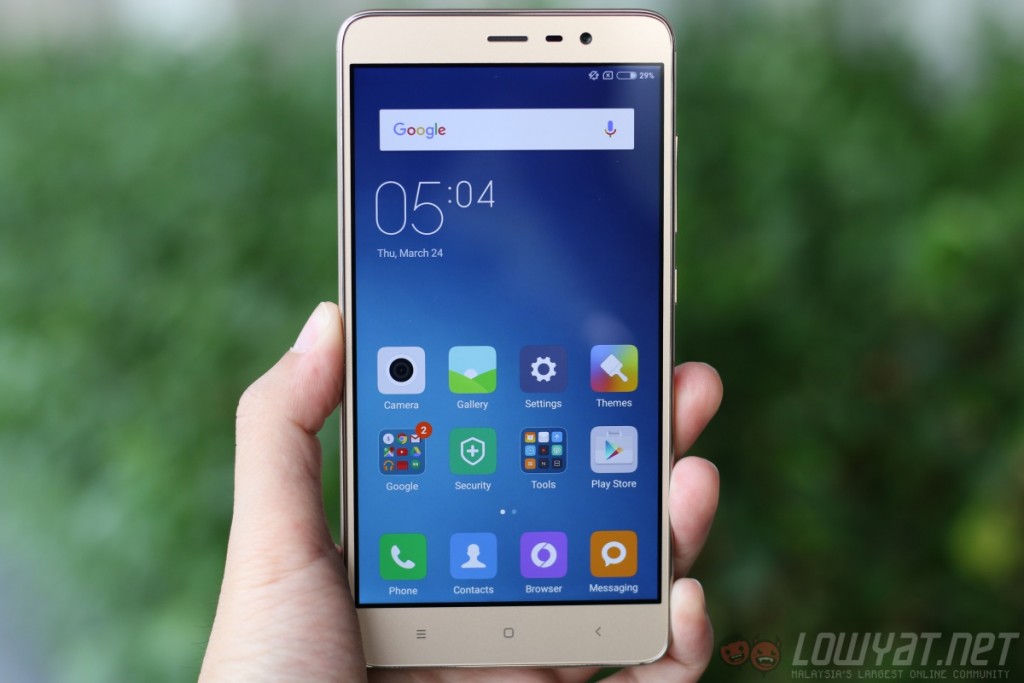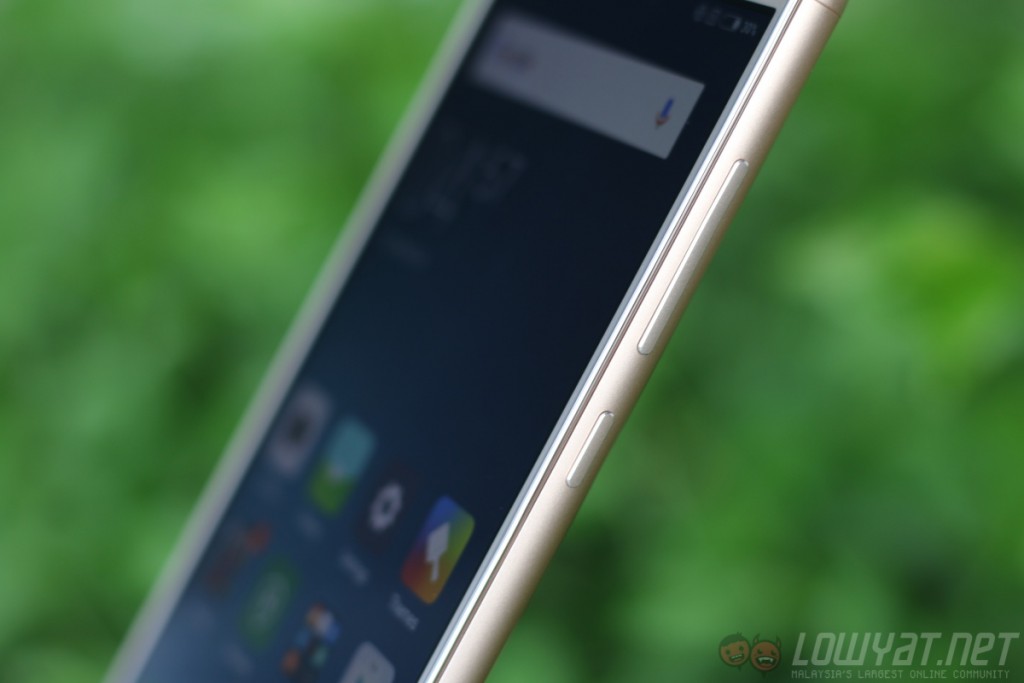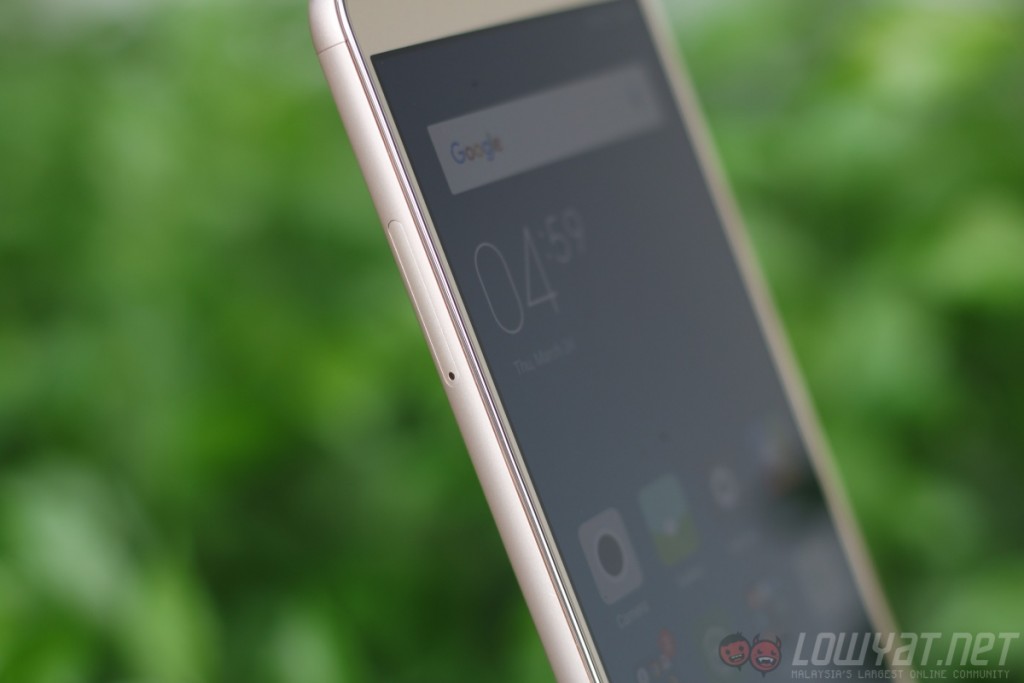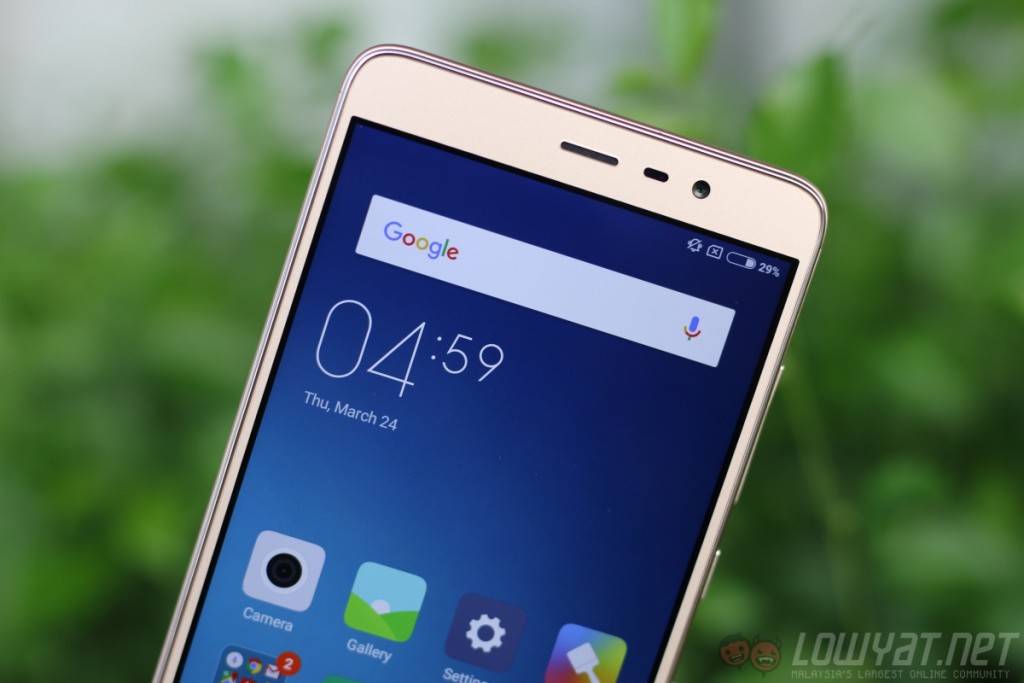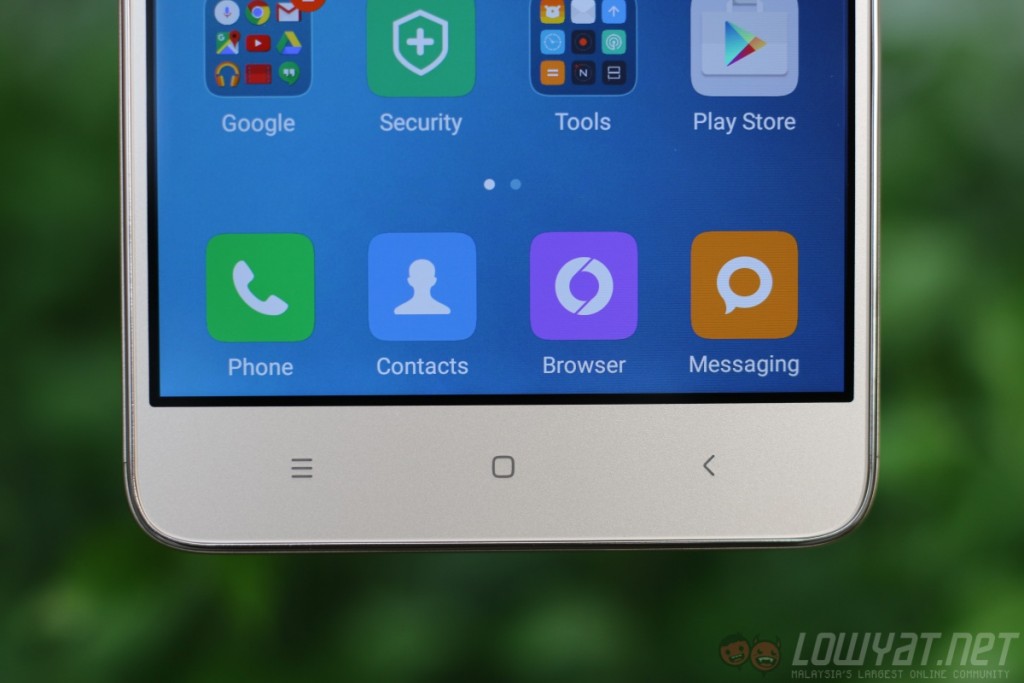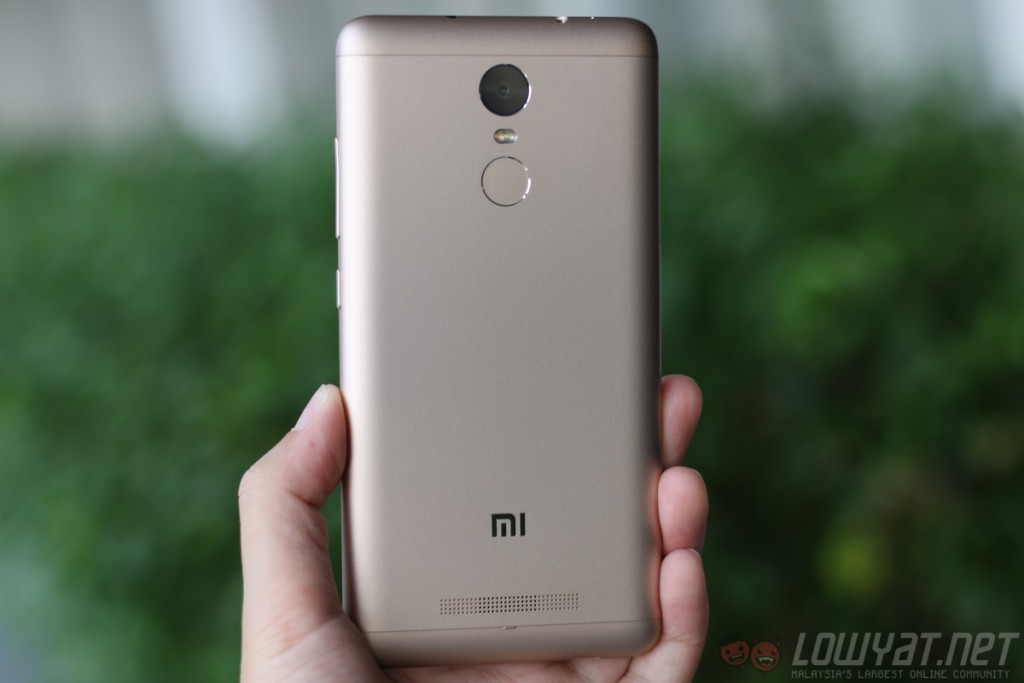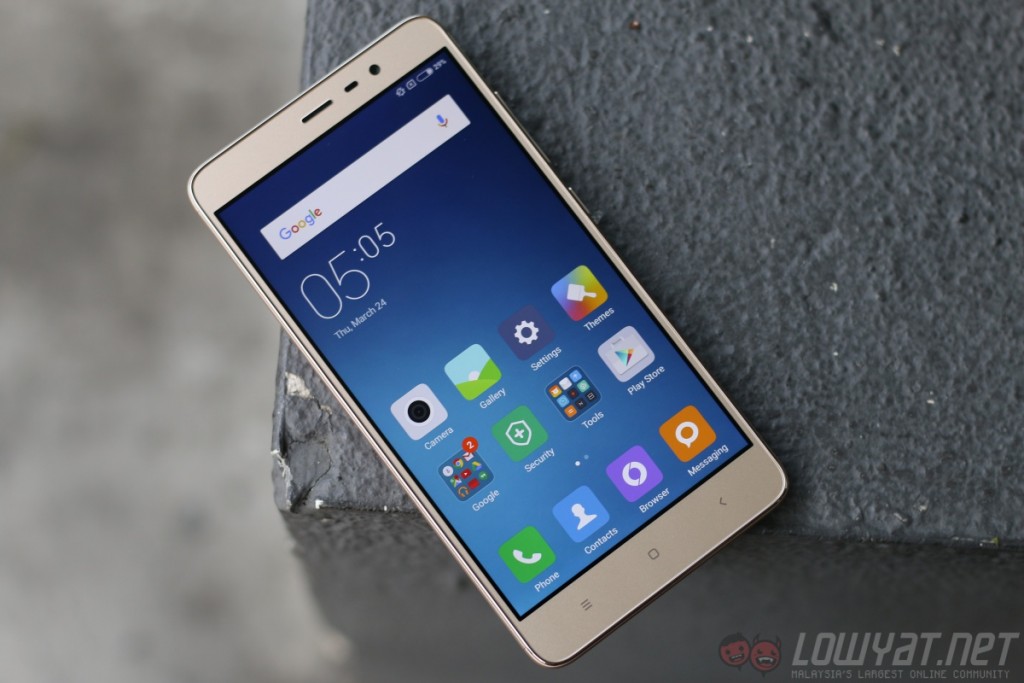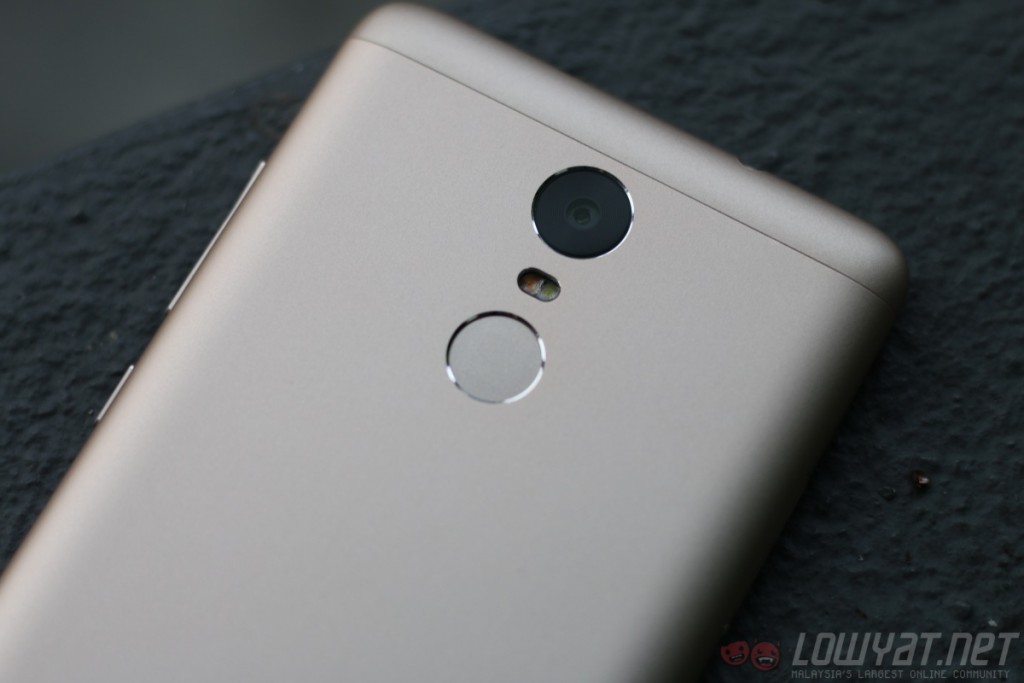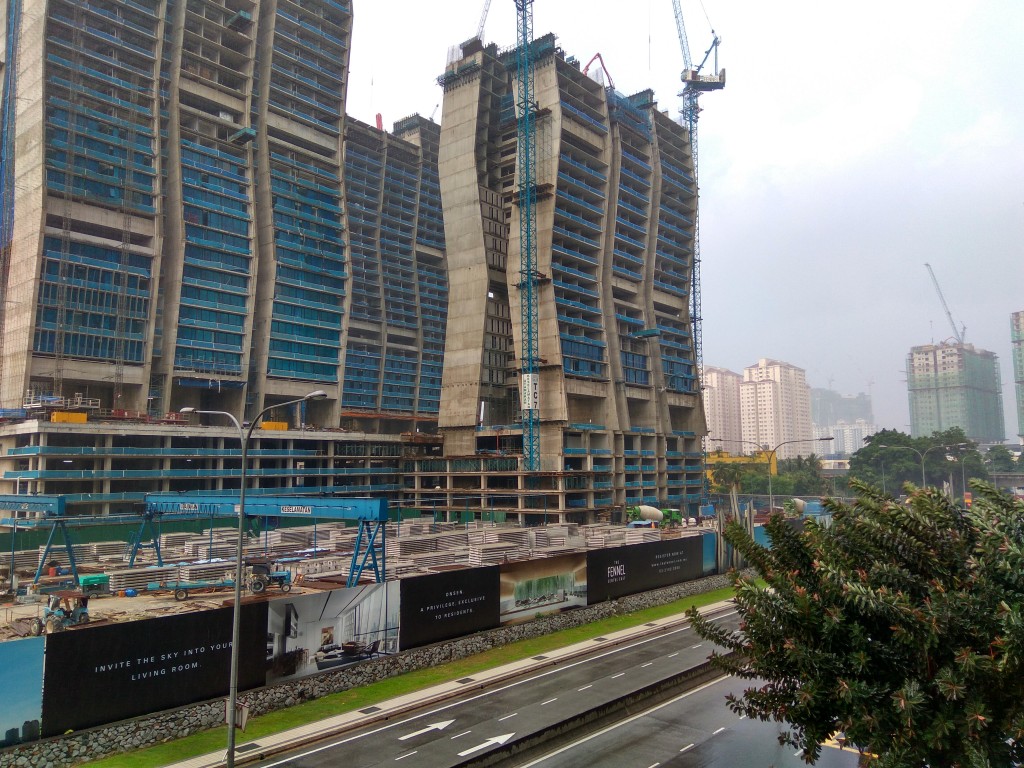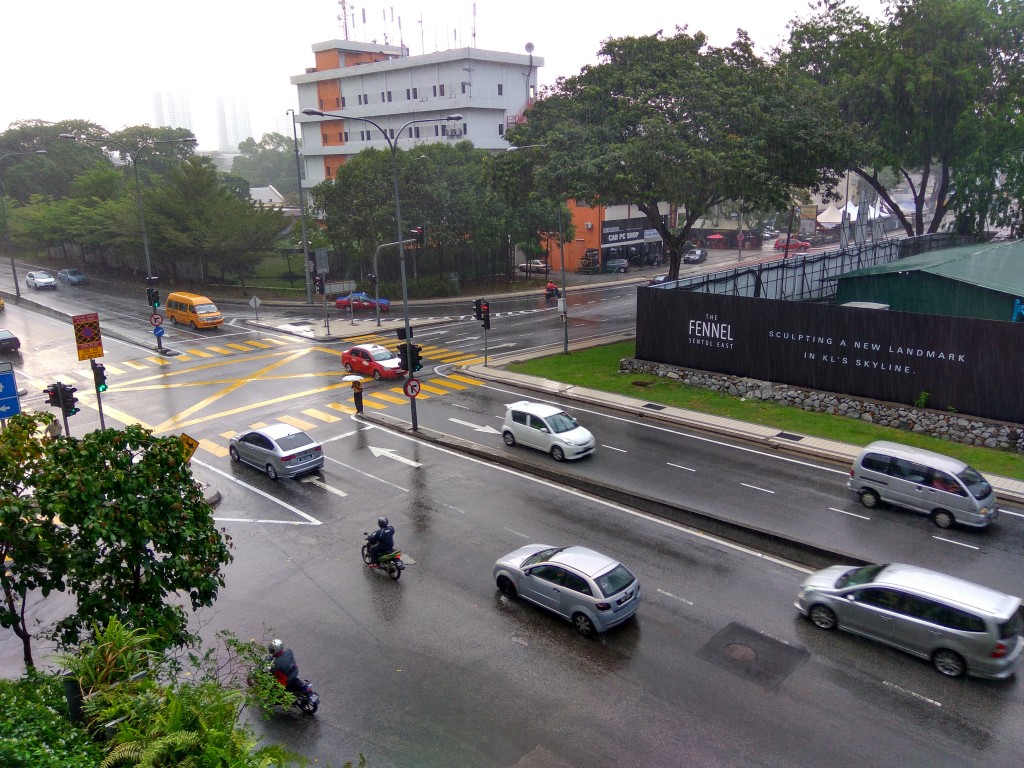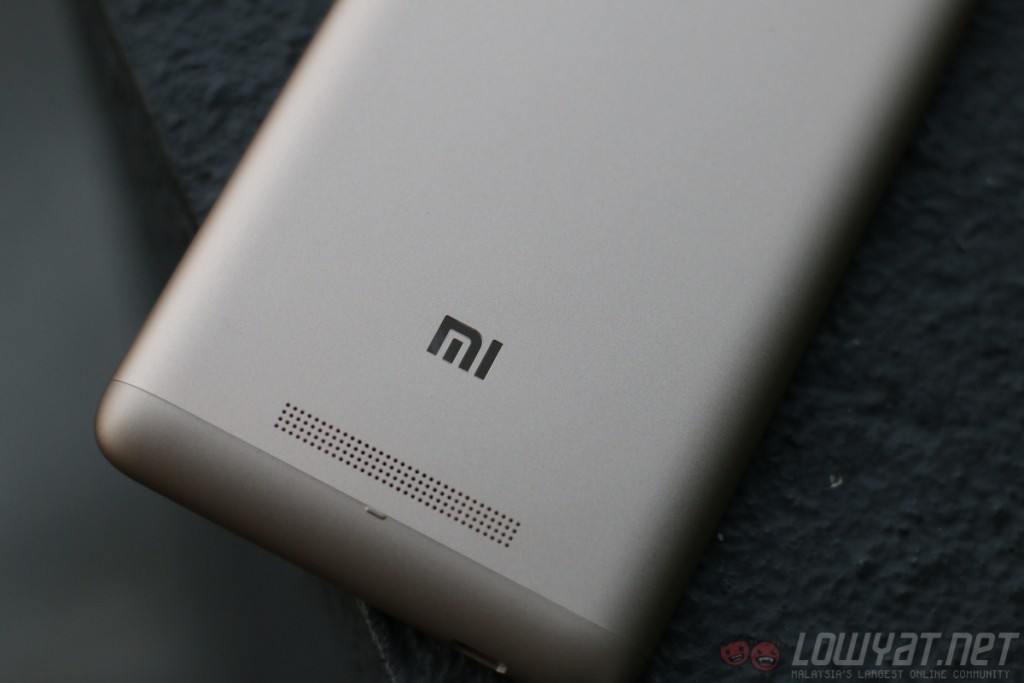The Xiaomi Redmi Note 2 was only launched in Malaysia back in November 2015, but its successor, the Redmi Note 3, is set to be available here sometime in April next month. Not only is this a quick product cycle, it’s also a rather timely launch; the Snapdragon 650 variant of the Redmi Note 3 was only introduced in January this year.
Well, we got our hands on the Redmi Note 3, and we have a feeling it will be yet another winner from Xiaomi.
While the design of the Redmi Note 3 is largely similar to its predecessor, it has gained several neat upgrades, such as a more premium metal construction, a rear fingerprint sensor (it’s the first Xiaomi device to feature one), and a newer, supposedly faster Snapdragon 650 processor. In fact, it will be the first smartphone with such a processor in Malaysia, and based on AnTuTu’s benchmark of the chipset, the Snapdragon 650 is a very promising processor.
Other specifications of the Redmi Note 3 include a 5.5-inch 1080p IPS display, 2GB or 3GB of RAM, two choices of internal storage (16GB and 32GB), a microSD card slot which supports cards up to 32GB, and a very generous 4,050mAh battery. The Redmi Note 3 also has a 16MP rear camera with phase detection autofocus and a 5MP front-facing shooter.
The hardware of the Redmi Note 3 suggest that it is a very capable device; it’s evident that Xiaomi’s Redmi lineup has come a long way. Not only is the Redmi Note 3 a well-equipped device, it is also an affordable one, although Xiaomi Malaysia has not revealed the retail prices of this device yet. The company did mention, however, that both the 16GB/2GB and 32GB/3GB models will be available in Malaysia.
When I first picked up the Redmi Note 3, I was surprised by how light it is. Considering it has a sizeable 4,050mAh battery, this is quite impressive. Other than that, the curved edges of the rear panel definitely makes it comfortable to hold the device, and the matte texture of the Redmi Note 3’s chassis definitely helps with getting a good grip of the smartphone.
Performance-wise, the Redmi Note 3 shows a lot of promise. The phone feels fast and zippy, and there weren’t any noticeable performance issues. Then again, I haven’t exactly put the processor through its paces with more demanding tasks such as gaming and multitasking; these would have to wait for the full review.
And then, there’s the display. The 1080p IPS panel of the Redmi Note 3 can get pretty bright, and it looks plenty sharp for a 1080p display. I also like the colour temperature of the display, which seems to be rather neutral. The fingerprint sensor, on the other hand, isn’t quite as impressive; it isn’t as fast as other fingerprint sensors in terms of unlocking the device from sleep.
As for the camera of the Redmi Note 3, it performs quite well. There doesn’t seem to be any noticeable shutter delay (although there’s a very evident delay when shooting in HDR mode), and the final images look good. Judge for yourself with these sample images:
Based on my first impressions of the Xiaomi Redmi Note 3, it is a very promising smartphone, but with one caveat: its retail price, which has not been revealed yet. If Xiaomi prices the Redmi Note 3 well, it will most probably be one of the best value for money Android smartphones in Malaysia. Seeing how Xiaomi is well-known for pricing its products competitively, we can expect it to be quite affordable. For comparison’s sake, the base variant of the Redmi Note 3 retails at 999 Chinese yuan (about RM620) in China.
We will definitely take a closer look at the Xiaomi Redmi Note 3 in the next few days. It will be interesting to see how the smartphone performs in more intensive tasks such as gaming. The camera’s low light performance will also be put to the test. All things considered, I’m excited to put the Redmi Note 3 through its paces.
Follow us on Instagram, Facebook, Twitter or Telegram for more updates and breaking news.

